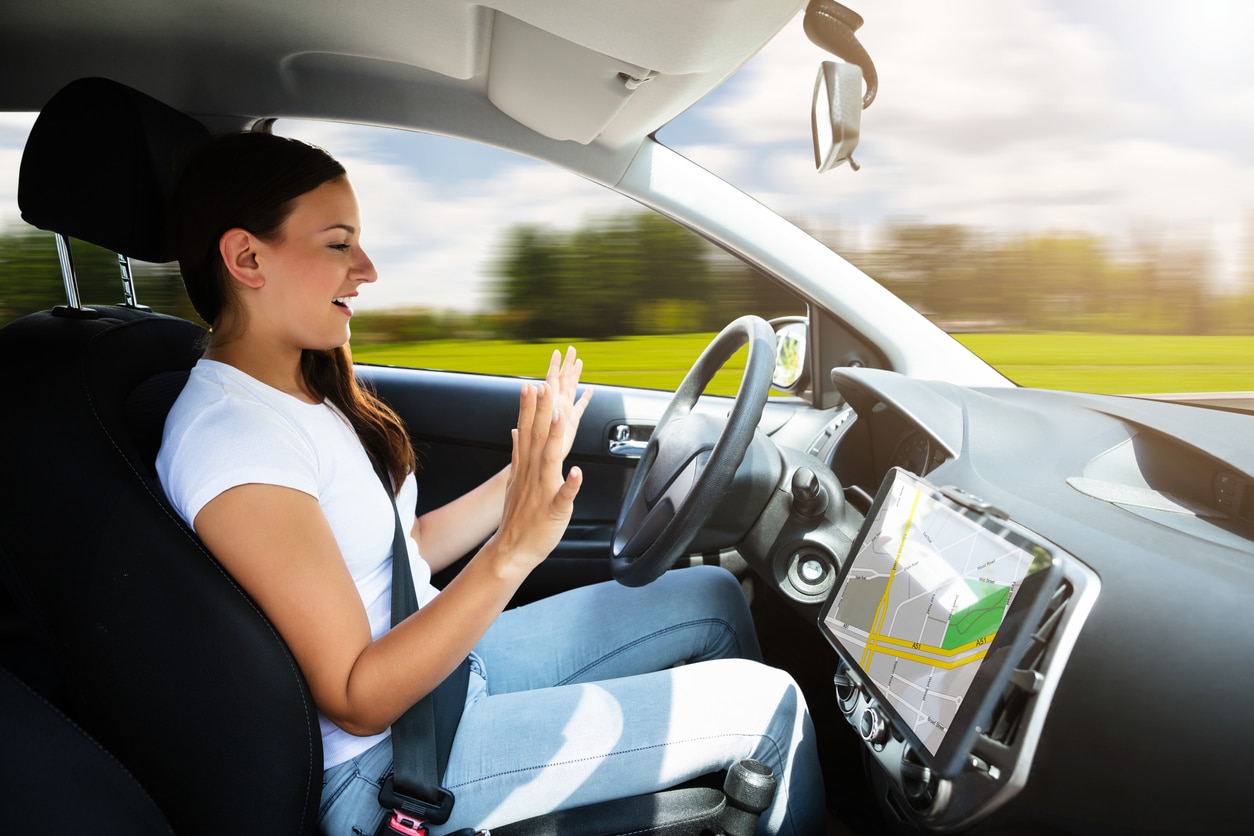What Is the Future of Driverless Cars?
You may have heard about driverless or autonomous cars. They can dominate the news cycle from time to time when a significant test or development in technology has occurred. However, what does the future hold, and how long will it be before we start seeing them out on the road in large numbers?
While the impact of driverless cars will likely be huge, the time when we see it happening is still pretty far off. There are a number of things to sort out for the technology to take off. We can only speculate about the details at this point, but the impact of driverless cars will be interesting.
How Driverless Cars Can See
First off, how driverless cars work and will continue to develop will require greater understanding. Driverless cars use a series of cameras and sensors mounted on the front, back, and sides of the vehicle to detect other vehicles and obstacles. They also use GPS systems to determine each route.
These technologies still need to be refined to make driverless cars safe enough for mass use. One issue is that cameras can be obscured by rain and fog, which can inhibit them at least as much as they can a human driver.
The Impact of Driverless Cars on Surrounding Infrastructure
One great advantage of driverless cars is that they will likely be linked to the surrounding infrastructure. A traffic light will be able to tell a driverless car when it is going to be red, green, or yellow, so it will already know whether to slow down or keep going.
Another likely benefit of driverless cars will be reduced emissions. Driverless cars using advanced guidance technology will take the most efficient routes possible and know in advance when to decelerate for upcoming lights.
One Major Challenge: Humans
In addition to fine-tuning a lot of complex technology, one major obstacle that will likely delay the impact of driverless cars is us. Humans make driving hard, as we all know. They can make it even harder for a computer designed to predict what will happen around it. Humans are unpredictable, and can be even more so when behind the wheel of a car. Protecting pedestrians is part of that puzzle too.
Security systems also need to get better before driverless cars can really hit the road. They will rely on computers and networks telling them where to go. Protecting those systems from hackers will be a major task for developers.
While roads full of driverless cars are still a relatively distant future, the technology is being developed right now and at impressive speed. While you are still doing your own driving, and at the mercy of those unpredictable humans, it can help to know a good body shop like Cascade Collision.


